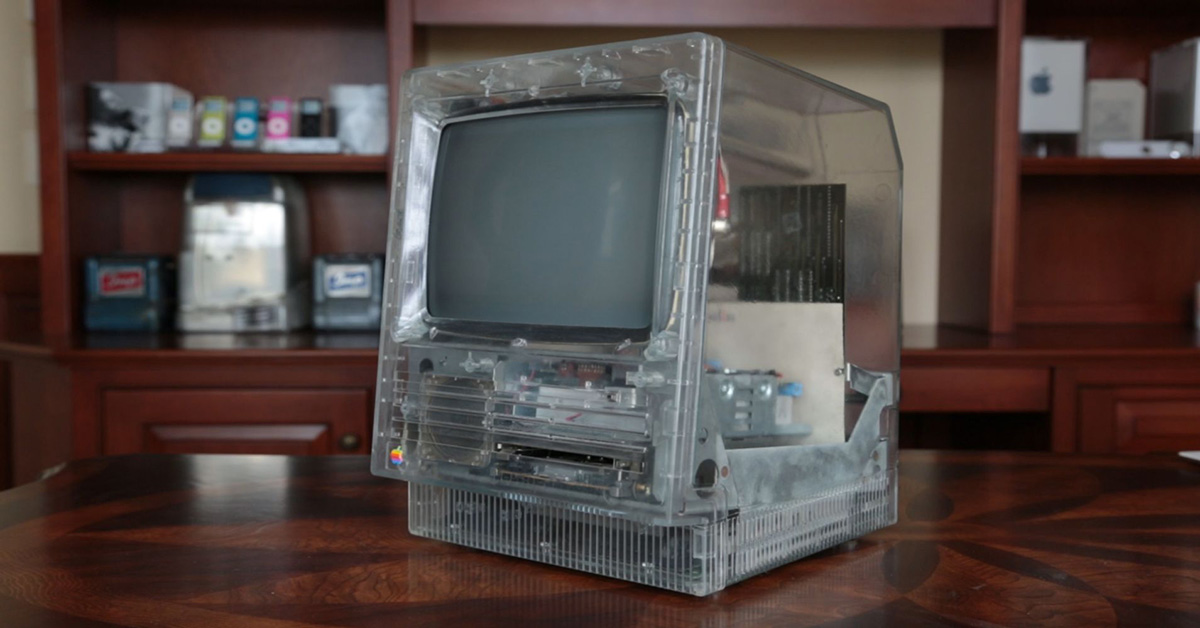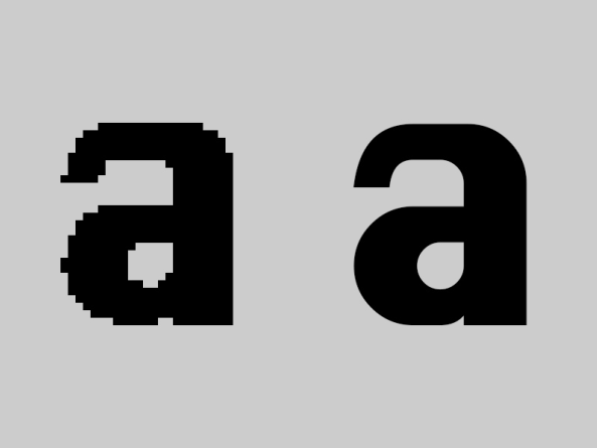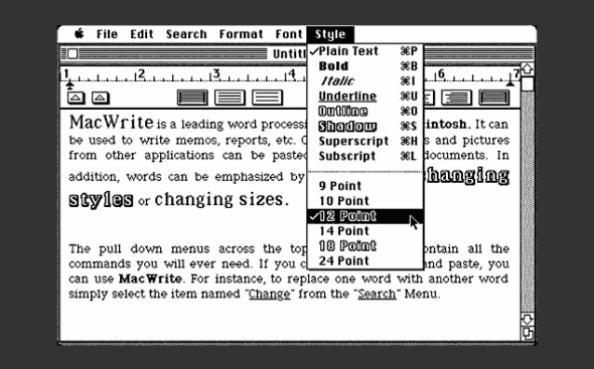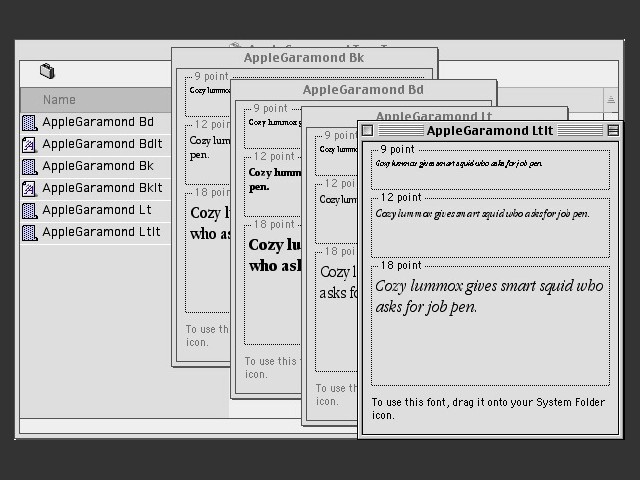In 1989, Apple hired Thomas Rickner. It was the beginning of a journey that culminated in the introduction of print-friendly fonts to every computer.
Frustrating typography
Rickner decided on his career in the mid-1980s, but his typography professor had a different opinion and gave him only one piece of advice: "Don't do it." "He told me it was a path to frustration," Rickner later recalled, adding that becoming a designer in this field was not easy at the time. This field was not taught in schools and there were only a handful of companies that could provide people with education in this direction. But Rickner followed his own path and did not follow the professor's advice - and he did well.
The arrival and boom of personal computers in the following two decades caused, among other things, a boom in typography and much greater opportunities for all those who wanted to deal with this field. Apple also has significant merit in this.
Rickner originally worked at Imagen, a laser printer company. But in 1988, they could not print any font installed on the computer. They had their own collection of fonts, specially designed for each of the models. Among other things, Rickner was tasked with designing programs that optimize the way characters are displayed in different sizes.
Rickner later joined Apple as a chief typographer. His role here was very important, because one of the tasks of the Mac was to revolutionize computer typography. Apple has been secretly developing a way to display third-party fonts directly on the Mac operating system. Until 1991, Macintoshes only supported bitmap fonts of specific parameters, so they were not of much use to creative professionals.
It could be interest you

A font for all occasions
The project Rickner worked on at Apple was called “TrueType,” and its purpose was to improve the display capabilities of fonts in the Mac operating system. TrueType fonts were not bitmap, but literally rendered as an outline and displayed on the computer screen in a much higher quality, at any size and resolution. The arrival of TrueType fonts opened the door for fonts that had until then only been usable for printers, allowing them to go digital.
TrueType fonts have been around since 1991. In order for these fonts to become a real standard, Apple licensed them to Microsoft - the first TrueType fonts were introduced with the Windows 3.1 operating system. Very quickly there was a mass spread of TrueType fonts, and Rickner talks about the "democratization of typography". Apple wanted font rendering to become a core part of any operating system, as self-evident as copying files or managing memory.
The arrival of TrueType fonts marked a real turning point for all users. They suddenly had access to hundreds of fonts, known from newspapers and magazines, in print quality, instead of having access to only a dozen low-resolution fonts. Shortly after TrueType was successfully launched, Rickner left Apple to work for Monotype in 1994. "It always surprises me that in a room full of young designers, I'm the oldest," he said of his work for Monotype in 2016.
Source: FastCoDesign



It is not enough to copy the article, it should also be verified. Of course, vector fonts have been on the Mac since 84, after all, the creation of DTP was also related to them. The reason why Apple developed TrueType was that it had to pay a high price for a competing solution from Adobe (Type1). fees. See Wiki or anywhere else for more. (https://en.wikipedia.org/wiki/PostScript_fonts)
Exactly. The real DTP revolution already took place in the mid-80s, and the "troika" played a crucial role in it: PostScript from Adobe, Pagemaker from Aldus and LaserWriter from Apple. And a certain share can also be attributed to companies such as Scitex, Iris or even Linotype. And speaking of TrueType... Did Apple really just license this font to Microsoft? I have the impression that MS was directly involved in the development…